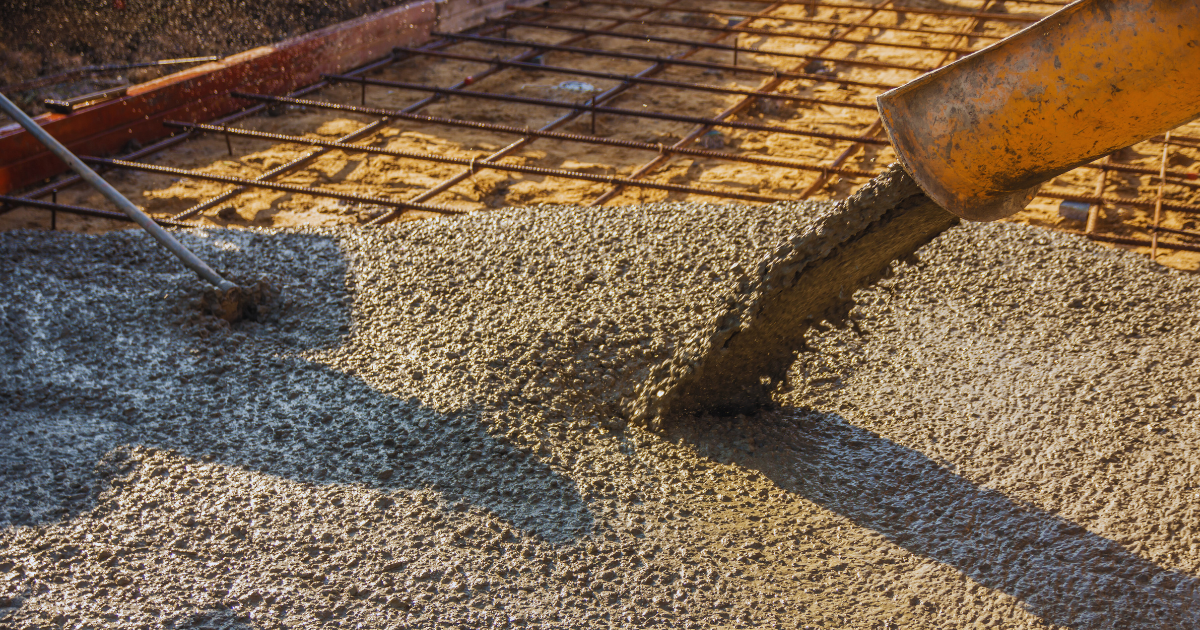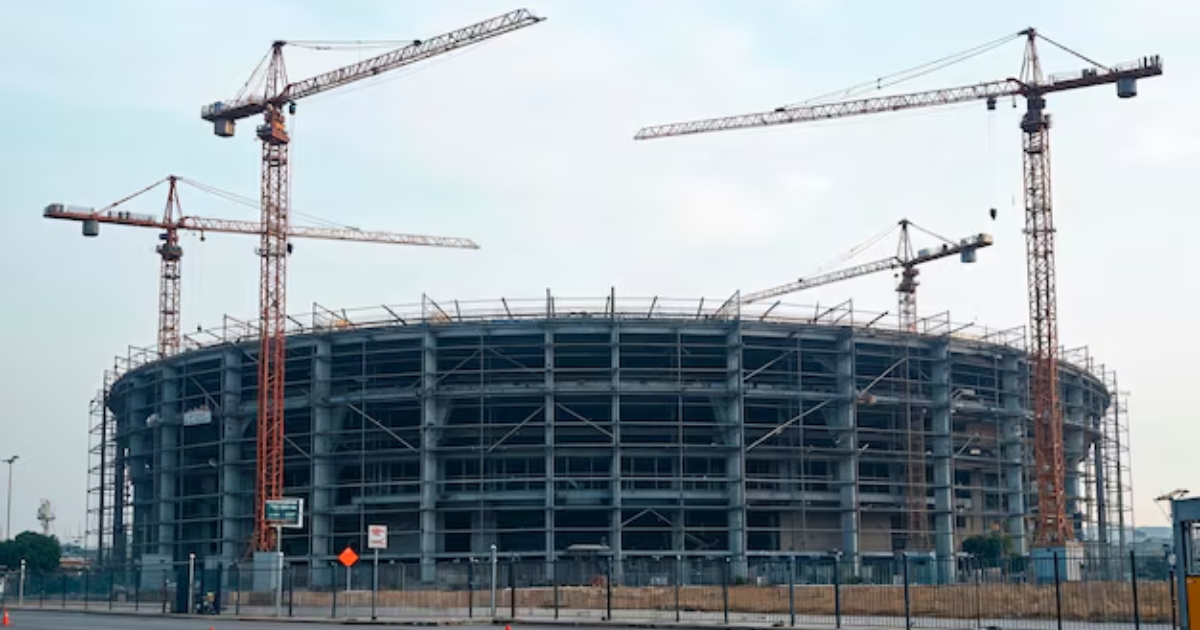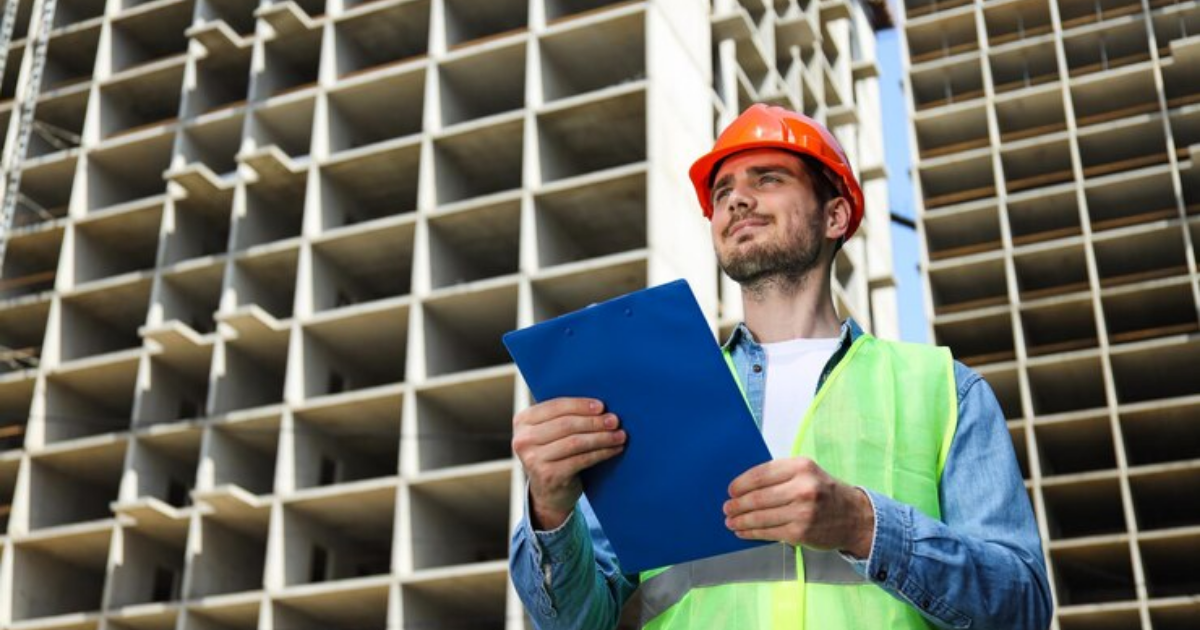Ready-mix concrete has long been an essential component of modern construction, known for its versatility, durability, and efficiency. Over the years, the industry has seen significant innovations that have transformed the way we use and produce this crucial material. With increasing demands for sustainable construction practices, faster building timelines, and improved performance, the advancements in ready-mix concrete technology continue to evolve. In this blog, we will explore the latest innovations in ready-mix concrete, highlighting the key developments that are shaping the future of construction.
What is Ready-Mix Concrete?
Before diving into the innovations, let’s quickly recap what ready-mix concrete is. Ready-mix concrete is a type of concrete that is manufactured in a batching plant according to a set recipe and then delivered to a construction site in a transit mixer. This process ensures consistency, accuracy, and efficiency in concrete production, making it ideal for large-scale construction projects. The mixture typically includes cement, water, and aggregates such as sand, gravel, or crushed stone, with various additives used to enhance specific properties of the concrete.
1. Sustainable Ready-Mix Concrete Solutions
As sustainability becomes a primary concern in the construction industry, innovations in ready-mix concrete are focusing on reducing the environmental impact of concrete production. Traditional concrete production contributes significantly to carbon emissions, but new technologies aim to mitigate this problem.
One of the most notable innovations is the introduction of low-carbon ready-mix concrete. By incorporating supplementary cementitious materials (SCMs) like fly ash, slag, or silica fume, manufacturers can reduce the amount of cement needed in the mix, thereby lowering carbon emissions. Additionally, some companies are experimenting with carbon capture technology, which injects captured CO2 into the concrete mix, turning it into a solid mineral. This process not only reduces emissions but also enhances the strength and durability of the ready-mix concrete.
Recycling is another key focus. The use of recycled aggregates, such as crushed concrete from demolished structures, is becoming more common. This not only reduces the need for virgin materials but also minimizes waste, aligning with global goals for more sustainable building practices.
2. High-Performance Concrete Mixes
One of the most exciting developments in the ready-mix concrete industry is the creation of high-performance concrete (HPC) mixes. These specialized mixes are engineered to provide superior strength, durability, and longevity compared to traditional concrete.
High-performance ready-mix concrete is designed to withstand harsh environmental conditions, making it ideal for infrastructure projects such as bridges, highways, and marine structures. This type of concrete has improved resistance to water, chemicals, and temperature fluctuations, ensuring that structures built with HPC last longer and require less maintenance.
Another innovation in high-performance concrete is the use of nano-silica particles. These tiny particles improve the internal structure of the concrete by filling in microvoids, making the material denser and more resilient. The use of nanotechnology in ready-mix concrete is still in its early stages, but it holds great potential for enhancing the overall performance of concrete in demanding construction environments.
3. Self-Healing Ready-Mix Concrete
Imagine concrete that can repair itself when it cracks—that’s the promise of self-healing ready-mix concrete. This innovative material incorporates special additives, such as bacteria or microcapsules filled with healing agents, that activate when a crack forms in the concrete. The bacteria or chemical agents react with water and other environmental factors to produce a substance, usually calcium carbonate, that fills and seals the crack.
Self-healing ready-mix concrete is especially useful in structures exposed to constant stress or environmental wear, such as bridges, tunnels, and highways. By reducing the need for frequent repairs, self-healing concrete can significantly extend the lifespan of structures and lower long-term maintenance costs.
4. Fiber-Reinforced Ready-Mix Concrete
Fiber reinforcement is another game-changer in the ready-mix concrete industry. Traditional concrete is strong in compression but weak in tension, which is why it often requires steel reinforcement. However, the use of synthetic fibers, such as glass, carbon, or polypropylene, in the concrete mix can dramatically improve its tensile strength and crack resistance.
Fiber-reinforced ready-mix concrete offers several advantages over conventional reinforcement methods. It provides a uniform distribution of strength throughout the concrete, reducing the risk of localized failure or cracking. Additionally, fiber reinforcement can enhance the concrete’s resistance to shrinkage, impact, and fire.
This type of concrete is becoming more popular in applications such as industrial flooring, airport runways, and precast concrete elements, where durability and crack resistance are critical.
5. Smart Concrete Technology
The integration of technology into the ready-mix concrete industry has led to the development of smart concrete systems that can monitor and respond to changing conditions in real-time. Smart concrete is embedded with sensors or conductive materials that can detect stress, temperature, humidity, or other environmental factors. This data is then transmitted to engineers or construction managers, allowing them to monitor the health of a structure over time.
Smart ready-mix concrete can alert construction teams to potential issues, such as cracks or stress points, before they become major problems. This type of monitoring is particularly useful in large infrastructure projects where safety is a top priority, such as dams, bridges, and high-rise buildings. By catching problems early, smart concrete can prevent costly repairs and enhance the longevity of structures.
6. Rapid-Setting Concrete for Faster Construction
In an era where construction timelines are getting tighter, rapid-setting ready-mix concrete is becoming a critical tool for speeding up projects. This type of concrete is formulated to set and harden more quickly than traditional mixes, allowing construction teams to complete projects faster and reduce downtime.
Rapid-setting ready-mix concrete is particularly useful in repair and renovation projects, where minimizing disruption is crucial. For example, in roadwork or airport runway repairs, the ability to complete concrete pours and open up areas to traffic within hours rather than days can save both time and money.
In addition to fast-setting formulations, innovations in admixtures, such as accelerators and superplasticizers, have made it easier to control the workability and setting time of ready-mix concrete. This allows for more efficient construction processes without compromising the quality of the finished product.
7. Digitalization and Automation in Concrete Production
The digital transformation of the ready-mix concrete industry is revolutionizing how concrete is produced and delivered. Advanced batching plants now use computerized systems to control every aspect of the concrete production process, ensuring precise measurements and consistent quality.
Automation has also made its way into delivery and placement. Ready-mix concrete trucks are equipped with GPS tracking and monitoring systems that allow for real-time updates on delivery schedules and quality control. Some companies are even experimenting with autonomous or remotely controlled concrete pumps and pouring systems, reducing the need for manual labor and improving site safety.
Digital tools, such as Building Information Modeling (BIM), are also enhancing project planning and execution by integrating concrete mix designs with overall project data. This ensures that the right type of ready-mix concrete is used for each phase of the project, minimizing waste and maximizing efficiency.
Conclusion
The future of ready-mix concrete is filled with exciting innovations that are transforming the construction industry. From sustainable mixes and self-healing materials to smart technologies and fiber reinforcement, these advancements are making concrete stronger, more durable, and more environmentally friendly than ever before.
As the demand for faster, safer, and more sustainable construction methods grows, ready-mix concrete will continue to evolve to meet the needs of modern infrastructure. By embracing these innovations, the industry is poised to deliver better performance, reduced environmental impact, and more efficient project execution, ensuring that ready-mix concrete remains a cornerstone of the construction world for years to come.







